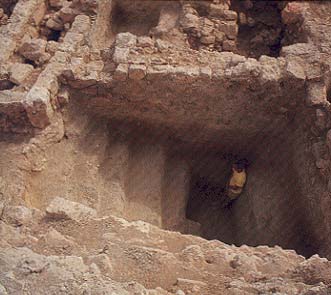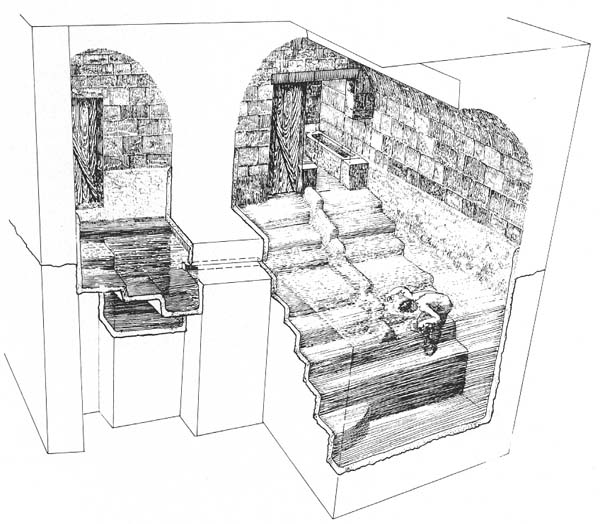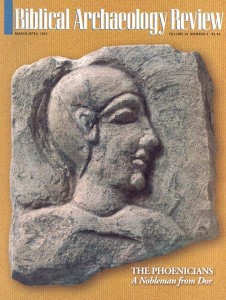
In a letter to the editor in Queries & Comments, BAR 18:06, Jerusalem guide Walter Zanger questions whether the installations found in the Jewish Quarter excavations directed by the late Nahman Avigad were really mikva’ot (ritual purification baths, singular mikveh), as they were denominated in an article on those excavations.a

According to Zanger, only one of the water installations found in this excavation was really a mikveh. The others, he says, “weren’t mikva’ot at all!” (exclamation point in original).
Zanger comes to this conclusion because only one of the water installations had a reserve or storage pool, known as an otzar, adjacent to the main bath pool. The otzar is necessary, he says, because halakhah (Jewish religious law) requires a mikveh to have “living” water; that is, undrawn, flowing water. The water from the otzar fits this description. When the water from the otzar made contact with the water in the main pool (which consisted of drawn water), the water from the otzar purified that in the main pool even though the pool water was not itself living water.
Already a library member? Log in here.
Institution user? Log in with your IP address.

